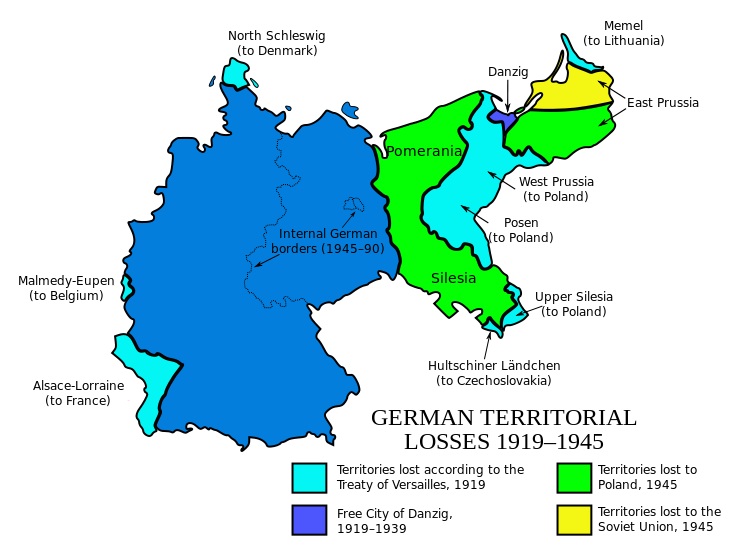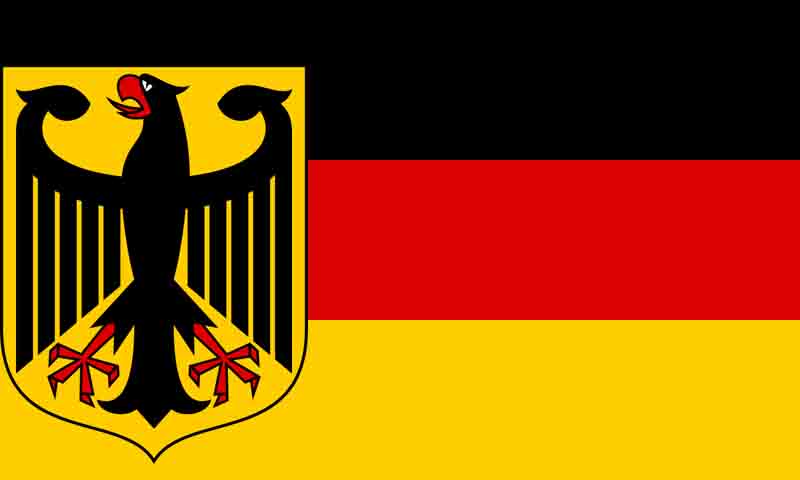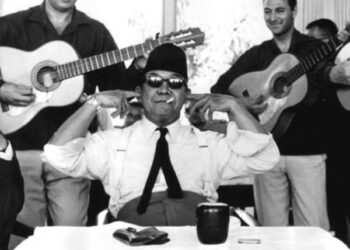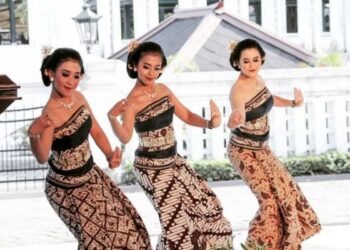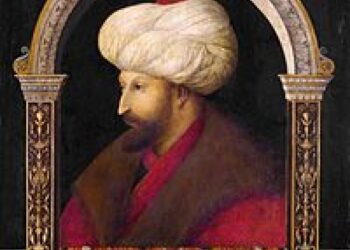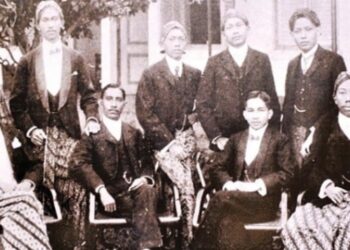A. Cold War era and Divided 2 Germany 1945 AD – 1989 AD
The defeat of the world war made German territory occupied by allies at the end, Germany also had to return the territory it had occupied, the Germans scattered in other areas were expelled in order to prevent annexations like WWII, areas such as Alsace-Loraine France, Eupen-Malmedy Belgium, Memel Lithuania, Czechoslowwakia Sudetenland, and Poland carried out large evictions at the expense of their respective countries, the Germans were, of course, expelled to the German and Austrian homeland until there were really no Germans in these areas, while Austria was freed and joined the western bloc, in At this time the German Republic was divided into two, namely the West German Republic & the East German Democratic Republic, the construction of the Berlin Wall was divided into two parts of the country:
German territory was divided among the victors of the war
Democratic Republic of East Germany :
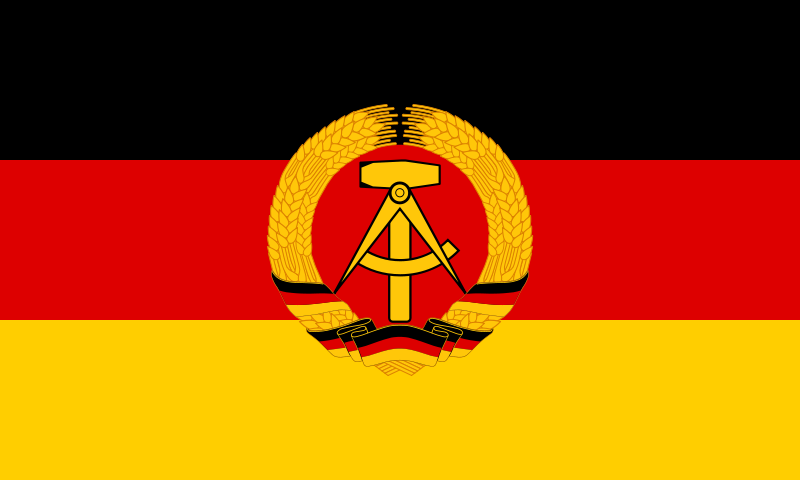
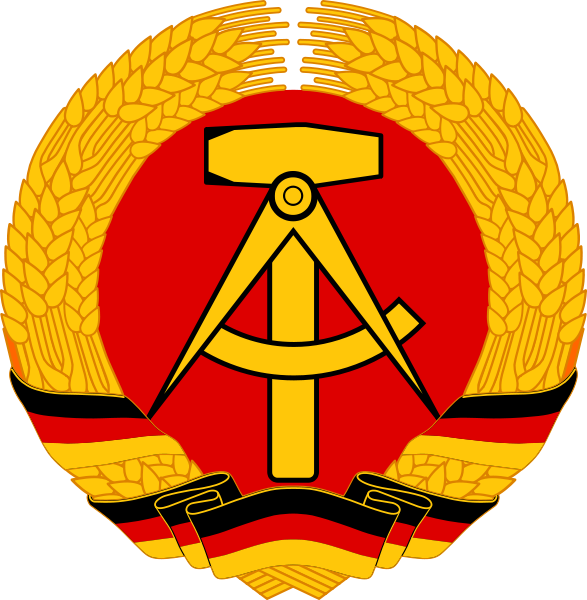
The area was occupied by the Soviets after WWII ended in response to the founding of West Germany by allies, the capital was east Berlin of its first president Wilhelm Pieck, its currency Mark DDR (M), Communism was the ideology of the state because its ideology tended to curb, not much progress experienced by the country, even arguably its people miserable, as the eastern bloc of East Germany entered as a member of the warsaw pact.
The Soviets ordered the people of East Germany to avoid fleeing to more prosperous west Germany, but Hungary’s 1956 revolution led to Hungary’s policy of allowing free Germans into its country as a result of many east Germans fleeing through Hungary, on average fleeing to Austria or West Germany via Austria.
Federation Republic of West Germany :
West Germany is a territory occupied by America, Britain, France and combined to create a German federated republic, with Bonn as its capital, Theodor Heus is its first president, the currency is Deutsche Mark (DM), joining the Western Bloc NATO defense pact. In contrast to East Germany, West Germany has significantly increased its economy, industrial expertise as practiced in the days of the Empire and the Nazis is applied and makes the people of West Germany more prosperous than their brothers in the East, its role in the world economy eliminates the bad views of the world community on West Germany. and start to forget about the Nazis.
B. End of the Cold War and Reunification 1989 AD – Until Now
German reunification (German Deutsche Wiedervereinigung) took place on October 3, 1990, when the former regions of the German Democratic Republic (“East Germany”) were incorporated into the Federal Republic of Germany (“West Germany”).
After East Germany’s first free elections on March 18, 1990, negotiations between East and West Germany were completed in a single treaty, while negotiations between East and West Germany and four occupying powers resulted in the purported “Two-plus-four Agreement”, which asserted full sovereignty over the German unitary state.
The united German state became a member of the European Community (later the European Union) and NATO. The term “Reunification” was used in contrast to the early union of the German state in 1871. Although commonly referred to as “Reunification”, it is a “unification” for the German state to one larger entity, which never existed before. German politicians themselves avoid using this term and prefer to refer to it as die Wende. The German state was officially reunited on 3 October 1990 with the destruction of the Berlin Wall.
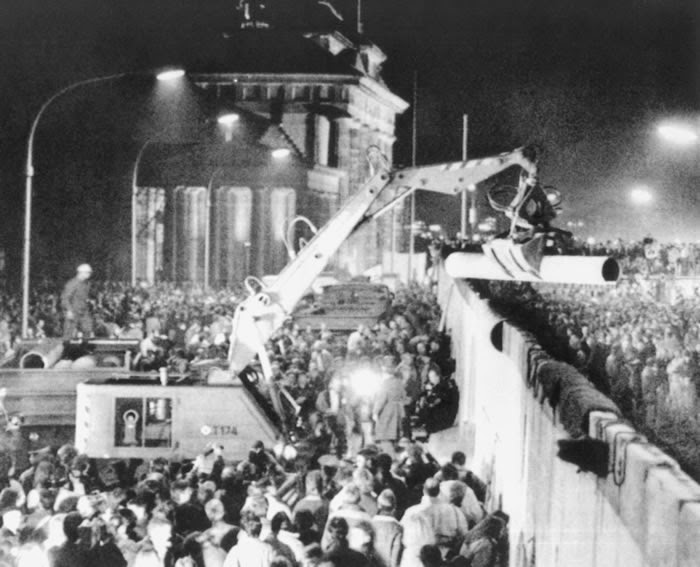
Segara Germany was officially reunited on 3 October 1990 when six East German states (Bundesländer); Brandenburg, Mecklenburg-Vorpommern, Saxony, Saxony-Anhalt, Thuringia, and Berlin formally merged with the Federal Republic of Germany (West Germany), choosing one of two options applied in the West German Constitution (Grundgesetz). Thus with the formal entry of the five German states that were re-established into West Germany following Article 23, then the region where grundgesetz (Constitution) applies expanded to contain them. The alternative is that East Germany joined as a whole in the framework of formal unity between the two German states, which among other things had to create a new Constitution for the newly established country. Although the options chosen are simpler, this has been the reason for certain sentiments in the East that they have been “occupied” or “annexed” by the old Federal Republic of Germany (West Germany).
To facilitate this process and to reassure other countries, West Germany made some changes to the “Constitution”. Article 146 is amended so that Article 23 of the applicable constitution can be used for Reunification. Then, if the five “re-established states” in East Germany had joined, then the Constitution could be amended again to state that no other German regions outside the territory of the unitary state had not yet joined. However, this constitution could be amended again in the future and this would still allow for the future of another constitution by the German people.
In the Modern Era
Today the country has a very important economic and political position in Europe as well as in the world. With an area of 357,021 square kilometers (approximately two and a half times the island of Java) and a population of about 82 million people, this country of 16 states (Bundesland, plural: Bundesländer) is a key member of the Organization of the European Union (the largest population), a hub for transportation of goods and services between the region’s countries and becoming the third largest immigrant population in the world.






